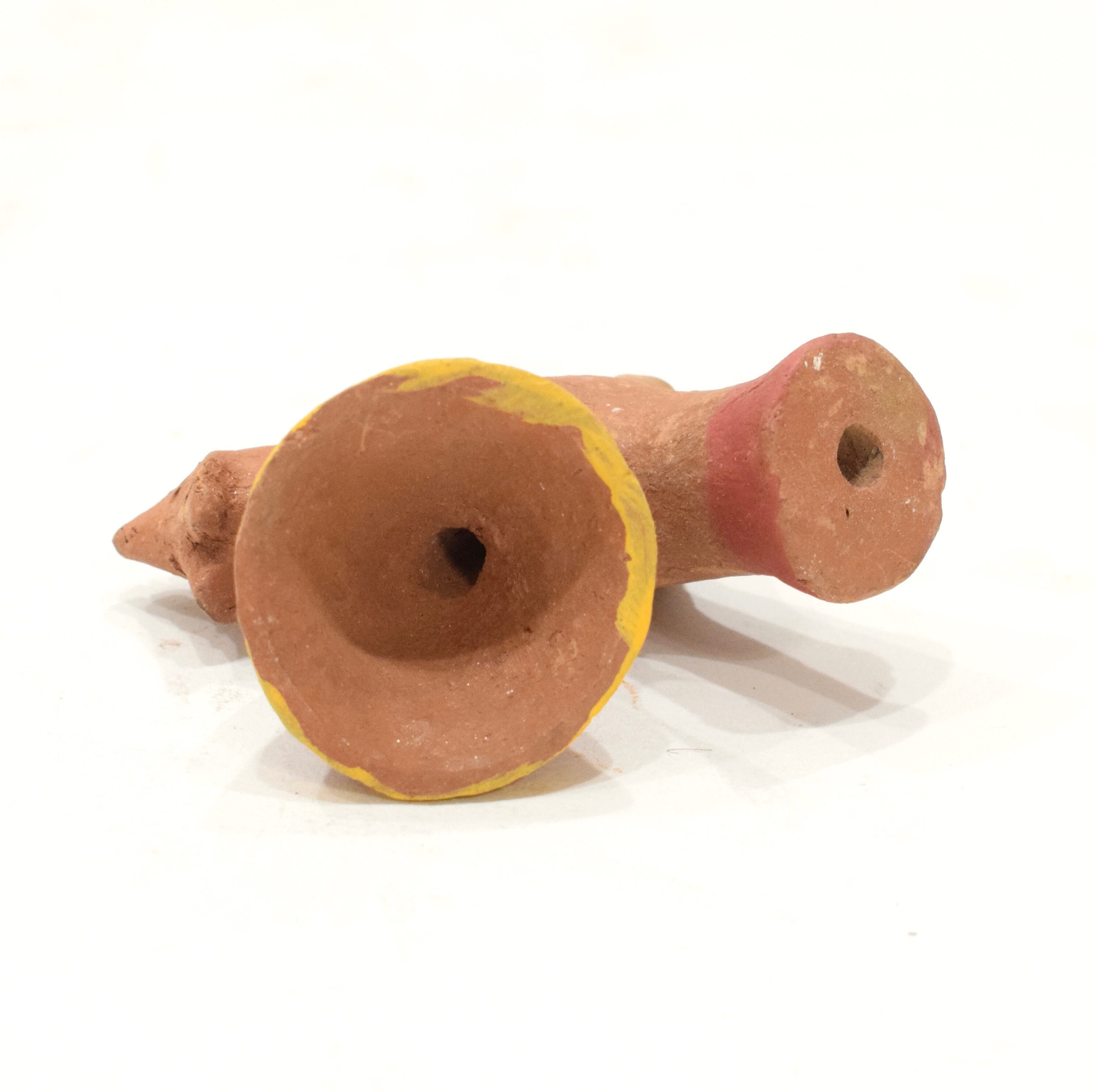

Matrix of changes connecting production and consumption, authority and "as artefacts of tobacco consumption, they are linked in to a very wide This has been noted by Matthew Johnson who suggests that Stuart 1999) or on sites in America ( Penaįootnote 2]. Isolated artefact without seeking to place them in any more meaningfulĬontext in contrast to studies for the Middle East ( Baram They are focused almost exclusively upon clay pipes as
Clay pipes collection series#
Series The Archaeology of the Clay Tobacco Pipe (ġ996) and a set of guidelines for recording material ( Davey Newsletter, a fledgling journal Clay Pipe Research, a monograph

Clay pipes collection plus#
It has a body, the Society for Clay Pipe Research plus its associated The trappings of an accepted field of archaeological artefact studies. The field has since acquired what might be considered all Particularly in urban settings, led to an exponential increase in clay Post-Medieval deposits and the increased amount of rescue archaeology, Respects this publication highlights the 1970s as marking a defining eraįor the study of clay pipes.The growing acceptance of the value of excavating The late nineteenth and early twentieth centuries but the seminal publicationįor recent clay pipe studies was Adrian Oswald's Clay Pipes for the Of production or the role of decoration [ Footnote Valid alternative approaches exist such as the consideration of the context Which is essentially that of considering their function.

Them in a theoretical context and this study focuses upon one approach There are a number of possible ways forward for more adequately putting Well developed field within Post-Medieval and Modern artefact studies itĬan be argued that their archaeological study is relatively under theorised. This approach seeks to simultaneously contextualise archaeological clay pipe fragmentsĪs part of a larger "tobacco consumption package" and critique the nature of the relationship between clay pipe fragments and tobacco consumption so that the material can play a richer and more relevant role in Post-Medieval archaeology and contribute to wider disciplinary issues.Īlthough the study of clay pipes is a relatively By doing this, it is possible to link practice in the present (the study of clay pipes) with meaningful practice in the past (smoking and the consumption of tobacco). To consider the functional role of clay pipes, it is necessary to challenge the twin assumptions that clay pipe fragments in the archaeological record automatically represent use-related discard and that clay pipes were used solely for the consumption of tobacco.

Additionally, other archaeological non-artefactual evidence needs to be considered. One of a number of alternative modes of tobacco consumption. To do this adequately, it needs to be recognised that clay pipes form only one element of a larger "tobacco consumption package" and represent only There are a number of possible ways forward to more adequately theorise clay pipes and this study focuses upon one way of doing this, by concentrating upon their functional role. Studies of clay pipes represent one of the major fields of research in Post-Medieval archaeology but one that generally remains under-theorised, fetishising and decontextualising a class of artefact due to its prominence in the archaeological record and its suitability for typological dating. The archaeology of the clay pipe and the study of smoking Home > issue 6 contents > Cessford, clay pipe The Archaeology of the Clay Tobacco Pipe and the Archaeological


 0 kommentar(er)
0 kommentar(er)
